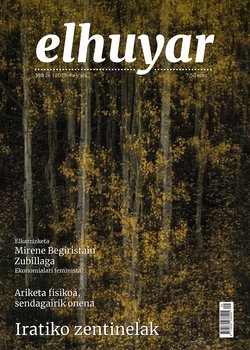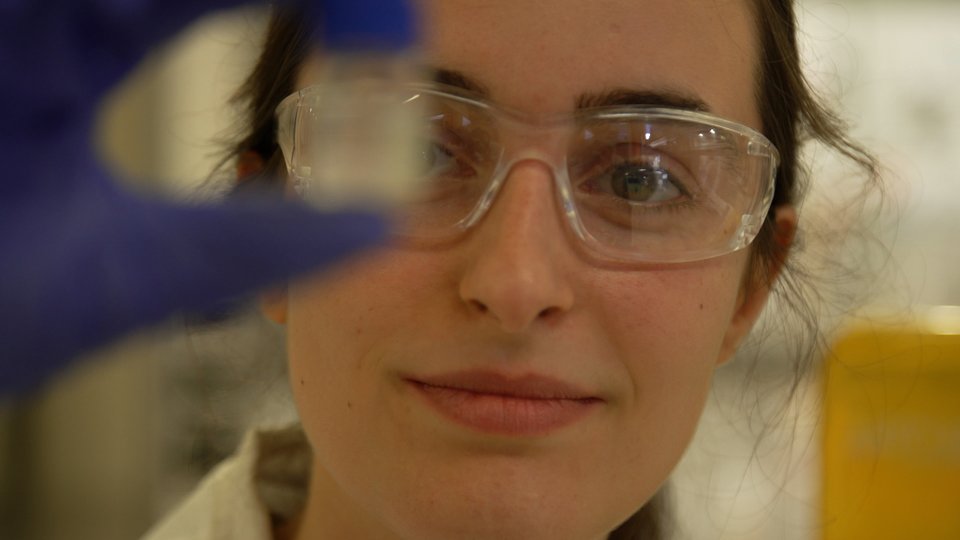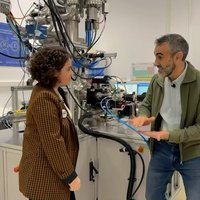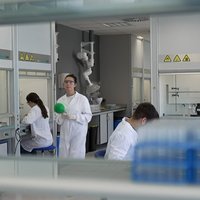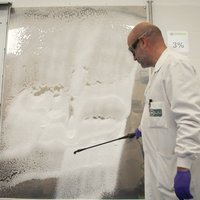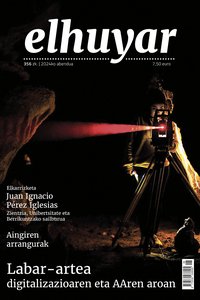Solar energy on the roof; Bee population decay; More dangerous chemicals; Bulls with pedigree; Makeup protection
Parques Solares
de Navarra has connected the largest rooftop photovoltaic solar power plant in Navarra to the electricity grid. The solar panels have been installed on the roof of the company Aceites Urzante in Cascante, in an area of 6,000 square meters. The plant has a rated power of 400 kilowatts and consists of 1,496 solar panels. It produces 600,000 kilowatt hours per year and will meet the energy consumption of 204 homes.
Bee population decline According
to some French researchers, the decline in the world’s bee population would be the result of the loss of diversity of wild plants. Researchers say that when they feed on pollen from different plant species, bees produce a large amount of a basic chemical component that effectively protects them from microbes. This is why it is believed that the loss of diversity would damage the immune system of these insects, causing them to disappear.
More hazardous chemicals The number of
products that are extremely hazardous to health and the environment in Europe has increased from 15 to 29. The new list has been drawn up by the European Chemicals Agency. The substances include polyurethane foams, ceramic fibers, and components used in plastics, lacquers, adhesives, and explosives.
The extension of the list is the first step in the new European Reach Directive for the approval of the use of chemicals. The Directive identified 270 chemicals that should be slowly replaced as potentially harmful to both health and the environment. Without their express consent, the chemicals listed may not be used.
Toros con pedigria The
company with Aberes de Bizkaia has started to participate in a worldwide research project aimed at improving the selection of toros. We want to gather more genetic information. The Derio company will put 400 samples of seed bulls into the project to extract the DNA from the samples and complete the genotype. The aim is to obtain information on the fertility, longevity, resistance to diseases and metabolic diseases of bulls.
The dark painted
eyes, which were characteristic of the Egyptians, have not been lost in history. Nowadays, the lines of the eyes are fashionable again, and the eyes are painted in the same way that Cleopatra herself wore them. However, it is possible that for the subjects of the pharaohs the eyelid line is more than just an aesthetic. Researchers at the Louvre Museum in Paris believe that the makeup of the Egyptians was based on hygienic reasons that protected them from infections and diseases. The key is in the lead salts that the makeup had, because they fight infections.
Buletina
Bidali zure helbide elektronikoa eta jaso asteroko buletina zure sarrera-ontzian


